8 new posts |  |
- Professional NoSQL
- Building Applications for the Mac App Store
- Beginning Lua Programming
- Getting Started with Arduino, 2nd Edition
- Getting Started with RStudio
- Privacy and Big Data
- Programming Pig
- Programming Razor
| Posted: 08 Oct 2011 08:14 AM PDT
Book DescriptionA hands-on guide to leveraging NoSQL databases NoSQL databases are an efficient and powerful tool for storing and manipulating vast quantities of data. Most NoSQL databases scale well as data grows. In addition, they are often malleable and flexible enough to accommodate semi-structured and sparse data sets. This comprehensive hands-on guide presents fundamental concepts and practical solutions for getting you ready to use NoSQL databases. Expert author Shashank Tiwari begins with a helpful introduction on the subject of NoSQL, explains its characteristics and typical uses, and looks at where it fits in the application stack. Unique insights help you choose which NoSQL solutions are best for solving your specific data storage needs. Professional NoSQL:
Book Details
|
| Building Applications for the Mac App Store Posted: 08 Oct 2011 08:06 AM PDT
Book DescriptionIn this Wrox Blox, you will learn how to obtain and access the Mac App Store from your Mac. You will also learn about the opportunities available for developers who want to venture into the Mac market. This Wrox Blox also walks you through the steps you need to perform to publish your apps in the Mac App Store. You will use the Xcode 4 development tool provided by Apple to develop a Mac OS X application, and then see how it can be published in the Mac App Store. Table of Contents Writing for the Mac App Store 4 Into the App Store! 9 Summary 23 About the Author 23 Book Details
Related Posts
|
| Posted: 08 Oct 2011 08:01 AM PDT
Book DescriptionThis book is for students and professionals who are intrigued by the prospect of learning and using a powerful language that provides a rich infrastructure for creating programs. No programming knowledge is necessary to benefit from this book except for the section on Lua bindings, which requires some familiarity with the C programming language. A certain comfort level with command-line operations, text editing, and directory structures is assumed.Software developers who have experience with functions, strings, and associative arrays can skim Chapters 2 through 5 with the caveat that certain Lua colloquialisms are introduced there along with programming concepts. Throughout the text, sections pertaining to a particular operating system are clearly marked and can be skipped by readers working on a different platform. This book is organized to guide you through the basics of using Lua. Its structure is as follows:
Chapters 2 through 10 each build on concepts that are presented in its predecessors, so a sequential reading of this part of the book is advised. The summary of Lua’s built-in libraries contains examples that assume you have a good grasp of the materials presented in the first 10 chapters. Some of the libraries and techniques presented in Chapters 12 and 13 are needed in the remaining chapters of the book. Chapters 14 through 19 are relatively independent of one another and can be read out of sequence. You need surprisingly little in the way of computer resources to learn and use Lua. This book focuses on Windows and Unix-like (including Linux) systems, but any operating system that supports a command shell should be suitable. You’ll need a text editor to prepare and save Lua scripts. If you choose to extend Lua with libraries written in a programming language like C, you’ll need a suitable software development kit. Many of these kits are freely available on the Internet but, unlike Lua, they can consume prodigious amounts of disk space and memory. Chapter 18 discusses using Lua on a Palm Pilot. Even if you don’t own or have access to one of these devices, this chapter shows how you can simulate one on the major desktop systems. From the Back Cover What you will learn from this book
Who this book is for Book Details
|
| Getting Started with Arduino, 2nd Edition Posted: 08 Oct 2011 12:37 AM PDT
Book DescriptionArduino is the open-source electronics prototyping platform that's taken the design and hobbyist world by storm. This thorough introduction, updated for Arduino 1.0, gives you lots of ideas for projects and helps you work with them right away. From getting organized to putting the final touches on your prototype, all the information you need is here! Inside, you'll learn about:
Getting started with Arduino is a snap. To use the introductory examples in this guide, all you need an Arduino Uno or earlier model, along with USB A-B cable and an LED. The easy-to-use Arduino development environment is free to download. About the Author Before joining IDII he was CTO for the Seat Ventures incubator. He spent many years working as a software architect,both in Milan and London, on projects for clients like Italia Online, Sapient, Labour Party, BT, MCI WorldCom, SmithKlineBeecham, Storagetek, BSkyB and boo.com. Book Details
Related Posts
|
| Posted: 08 Oct 2011 12:34 AM PDT
Book DescriptionDive into the RStudio Integrated Development Environment (IDE) for using and programming R, the popular open source software for statistical computing and graphics. This concise book provides new and experienced users with an overview of RStudio, as well as hands-on instructions for analyzing data, generating reports, and developing R software packages. The open source RStudio IDE brings many powerful coding tools together into an intuitive, easy-to-learn interface. With this guide, you'll learn how to use its main components—including the console, source code editor, and data viewer—through descriptions and case studies. Getting Started with RStudio serves as both a reference and introduction to this unique IDE.
About the Author Book Details
Related Posts
|
| Posted: 08 Oct 2011 12:31 AM PDT
Book DescriptionMuch of what constitutes Big Data is information about us. Through our online activities, we leave an easy-to-follow trail of digital footprints that reveal who we are, what we buy, where we go, and much more. This eye-opening book explores the raging privacy debate over the use of personal data, with one undeniable conclusion: once data’s been collected, we have absolutely no control over who uses it or how it is used. Personal data is the hottest commodity on the market today—truly more valuable than gold. We are the asset that every company, industry, non-profit, and government wants. Privacy and Big Data introduces you to the players in the personal data game, and explains the stark differences in how the U.S., Europe, and the rest of the world approach the privacy issue. You’ll learn about:
About the Author Mary Ludloff is Vice President of Marketing for PatternBuilders, a "big data" analytics services and solutions provider. Mary is an innovative marketing executive with more than 20 years of experience in enterprise software. She brings an in-depth understanding of how to develop and implement strategic program initiatives that span marketing disciplines—ranging from the traditional corporate and marketing fields to the latest developments in digital marketing. Through her work at PatternBuilders and other companies in the business intelligence and data warehousing space, she also brings a deep understanding of supply chain management issues, the use of business intelligence tools in data warehousing and analytic application efforts, and the impact of big data analytics on data privacy and security. Book Details
|
| Posted: 08 Oct 2011 12:29 AM PDT
Book DescriptionThis guide is an ideal learning tool and reference for Apache Pig, the programming language that helps you describe and run large data projects on Hadoop. With Pig, you can analyze data without having to create a full-fledged application—making it easy for you to experiment with new data sets. Programming Pig shows newcomers how to get started, and teaches intermediate users the benefits of using Pig Latin, the data flow language for building and maintaining pipelines for processing data. Advanced users learn how to build complex data processing pipelines with Pig’s macros and modularity features, and discover how to build systems for complex data processing needs by embedding Pig Latin into scripting languages.
About the Author Book Details
Related Posts
|
| Posted: 08 Oct 2011 12:25 AM PDT
Book DescriptionTake Razor for a test drive and discover first hand how this scripting syntax simplifies the way you create dynamic, data-driven websites. With this concise guide, you'll work with Razor syntax by building example websites with Microsoft WebMatrix and ASP.NET MVC. You’ll quickly learn how Razor lets you combine code and content in a fluid and expressive manner on Windows-based servers. Programming Razor also explores components of the Razor API, and shows you how Razor templates are turned into rendered HTML. By the end of this book, you’ll be able to create Razor-based websites with custom extensions that meet the specific needs of your projects.
About the Author Book Details
Related Posts
|
| You are subscribed to email updates from Wow! eBook - Blog To stop receiving these emails, you may unsubscribe now. | Email delivery powered by Google |
| Google Inc., 20 West Kinzie, Chicago IL USA 60610 | |

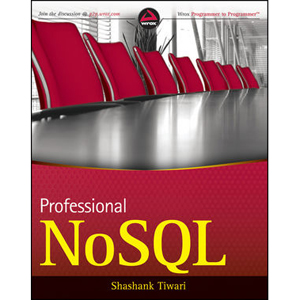
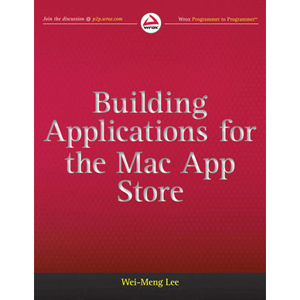

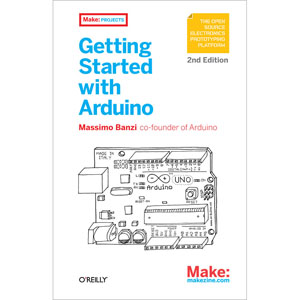
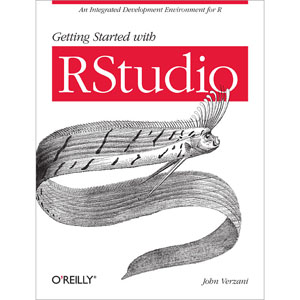
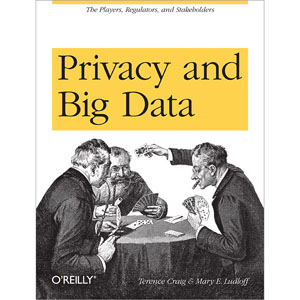
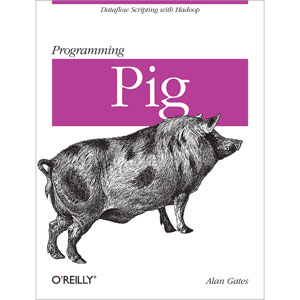

Tidak ada komentar:
Posting Komentar